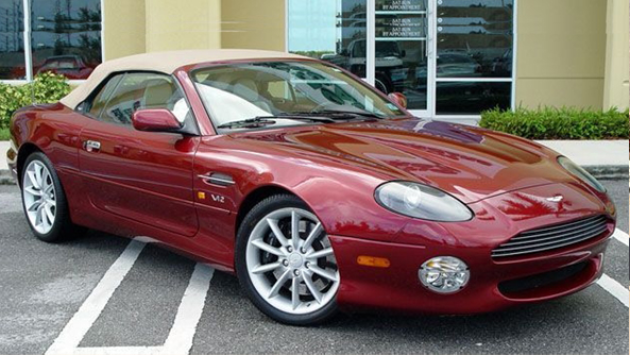Understanding the Classic Car Market

Understanding the Classic Car Market
We are now going to uncover a little of the mystery regarding the prices of cars, and why cars are mostly known for dropping in value.
One great guy that came for a meeting with us yesterday with a view to investing in Classic Cars made the point that whilst Real Estate and the Share Market are quite widely understood in Australia, the car market is not so clear to see. We will now clear up the myths :
Stage 1 - The drop in value
All mass produced new cars devalue very fast as soon as they leave the showroom floor, in some cases by up to 20%. This drop in value (depreciation) can be used to the owners advantage if he or she is correctly structued taxation-wise, although for the greater community it simply means that they own, or are paying off a car that is rapidly decreasing in value.
Exceptions to Stage 1 - Limited number cars
Some exceptional new cars built in very low numbers can actually escalate in value from new, and examples of these would be the La Ferrari and the Porsche 911R, both of which had long lists of orders BEFORE they were built, and so people were able to on-sell their build slot prior to the car being put into production, at a higher price, because there were no more build slots available at the time.
Stage 2 - The value depreciation to almost zero
All mass produced cars then continue from Stage 1 on a steady decline that is almost linear right down to a value that could actually be zero. This decline (depreciation) continues for 20-25 years, until the value eventually bottoms out.
Exceptions to Stage 1 - Limited number, special version, and track cars
Because these cars are generally hand built, the depreciation on these cars is generally less, and in some cases these cars can actually rise within the 20 year period.
Stage 3 - The stability of pricing
This part of the cycle is the "bottoming out" of the values of these cars, and can last for 1-8 years, depending on the make and model.
Stage 4 - The meteoric rise in value
The final part of the cycle occurs in year 21-33, and is when a number of people remember the make and model of car, realise that there are very few left in existence, and also generally,............always wanted one from when they were a child. A car is then sold for much more than zero, and the rise commences, which essentially never ever stops. Due to the fact that the numbers of the cars left are low, and because the demand is therefore high at this time due to the rising interest brought about by the re-apperance of the car ( in magazines, online articles etc), the prices just keep rising. The more of these cars tghat are sold, the higher the prices go. Cars begin selling at Auctions for crazy money, and that just feeds the frenzy even further, and up the price goes again.
Whilst the precise number of years varies slightly, we always know what cars are about to hit Stage 4, approximately 8 months prior to the rise starting. Just as with Real Estate, there are loads of indicators to let us know when a new make or model is about to go ballistic. Naturally, the exact cars that really take off have very specific criteria that make them do so.
We sincerely hope that this clarfiies the myths around why Classic Cars rise in value.









